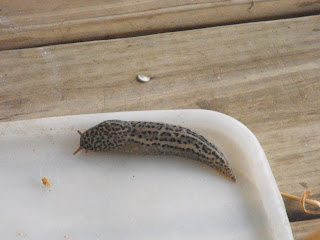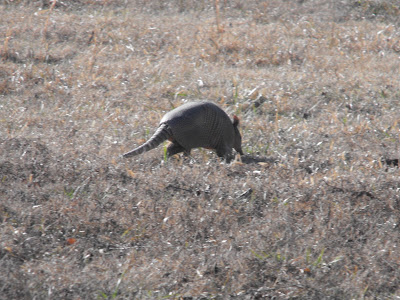 |
| A chimney swift in a spare room |
Chimney swifts, or chimney sweeps, are small birds that usually live in chimneys, hence the name. However, they may live in small rooms such as the one above. They build small nests made of sticks and saliva, which is used as cement.
 |
| Chimney swift nests. |
Sometimes, the babies don't want to leave the nest, so the mother will tear the nest down. Even so, the babies will hang on the wall for a few days before finally leaving. Barn swallows go back to the place the place they were born every year. J&J Auto, which is where the pictures were taken, has barn swallows that come back every year. In some parts of Asia, people actually eat swallow nests.
Swallows eat insects which they catch in the air. They make a loud "chirping" sound.
Enjoy,
C&T








